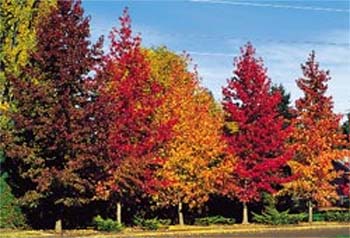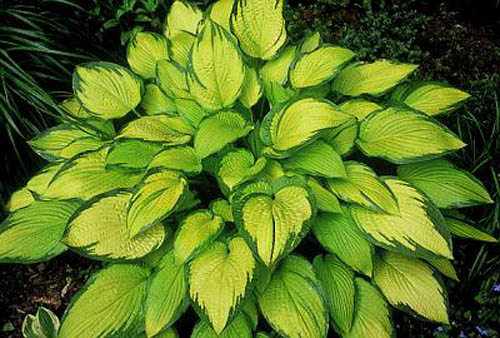It would not seem like Fall in our gardens without asters. When little else is blooming the aster comes into its own. They brighten the garden with blooms in shades of blue, pink, purple, and white. The aster produces large clusters of delicate daisy-like flowers, usually with bright yellow centers. They begin blooming in late July and continue until Winter.
Asters are easy to grow and very versatile. Plant in Spring in any sunny location. They like well-drained fertile soil and will tolerate drought. We plant daffodils, tulips, or other Spring flowering bulbs to fill in before the asters fill out. You can pinch back the tips to promote dense, compact growth and eliminate staking. We prefer not pinching as we prefer the natural clumps they form.
The aster needs to be divided every three years in the early spring or late fall right after blooming. After digging, divide and replant the sections from outside the clump, discarding the older center portion. Asters are excellent border perennials and go well with Boltonia ‘Snow bank’, Sedum ‘Autumn Joy’, and Miscanthus ‘Morning Light’.
Some asters that you must try in your garden are:
- Aster oblongifolius ‘Fanny’s Aster’
- This aster has bright purple, daisy-like flowers that are produced late in the season after most asters have finished. This aster has three to four foot branching stems with gray-green leaves spread slightly outward.
- Aster dumosus ‘Rose Serenade’
- This aster that forms a tidy mound of narrow-leaved foliage reaches 1-2 feet by early fall, when rosy pink blooms cover the plant.
- Aster concolor ‘Eastern Silvery Aster’
- The plant has oval 1 inch leaves covered in downy white hair that continue to shrink in size as the stems grow, so by fall, the leaves are tiny pressed to the 2-3 foot stems. Purple flowers cover the stems, creating long purple spikes.
- Aster x frikartii ‘Monch’
- Violet-blue flowers with a golden eye are produced from July to late October by this aster. Monch is one of the best, small asters, that we have tucked throughout our garden.
- Aster ‘Miss Bessie’
- Hundreds of 1 inch medium purple, starlike blooms cover this plant, weaving with the tops of our ornamental grasses at the entrance to our home. Blooms lasted for three weeks.
- Aster macrophyllus ‘Albus’
- Albus is a native American Wood Aster with handsome foliage that will spread quickly to make a weed suppressing groundcover. The stems are covered with pure white flowers.
- Aster novae-angliae ‘Alma Potschke’
- As early as July blooming aster with rose-pink flowers atop 3-4 foot plants. A real show stopper as a border planting.
- Aster novae-angliae ‘Purple Dome’
- This drought-tolerant native New England Wood Aster, with fuzzy stems and narrow green leaves is topped in the Fall with hundreds of bright purple blooms.
- Aster carolinianus ‘Climbing Aster’
- If you provide support this aster will definitely climb. Foliage is grayish with narrow leaves with loads of rose-pink flowers. Cut back to the ground every spring.
These, along with Aster tartaricus ‘Jin Dai’, are ones we have come to enjoy in our gardens. While our favorite is Alma Potschke, we have come to love them all. In fact, there are hundreds of others to choose from for your garden. There are even a few asters that bloom in the Spring. For that sunny, dry area asters are hard to beat.



